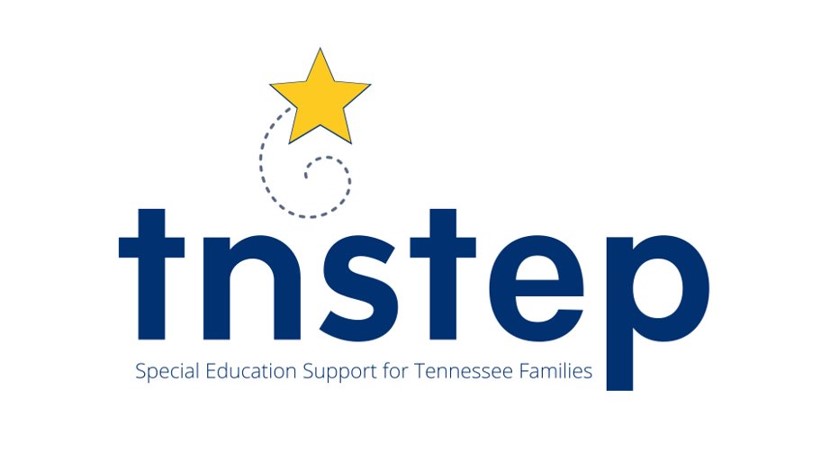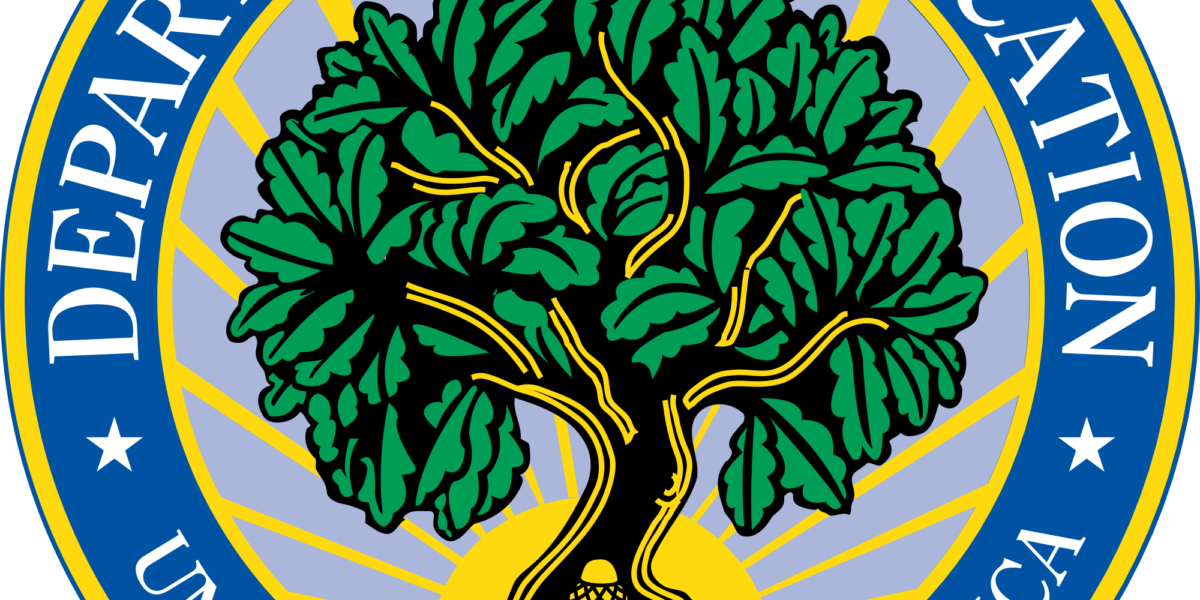As recently noted by the U.S. Department of Education and the U.S. Department of Justice(link is external), the fact that a student has been charged with or convicted of a crime does not diminish his or her substantive rights or the procedural safeguards and remedies provided under the Individuals with Disabilities Education Act (IDEA). More than 60,000 youth are currently in juvenile correctional facilities, and a large portion of these youth are identified as having a disability, yet less than half report that they are receiving special education services. To protect the rights of these youth and improve their chances of leading positive and successful lives, it is the shared responsibility of States, State educational agencies (SEAs), public agencies, and correctional facilities to ensure full access to a free appropriate public education (FAPE).
This toolkit includes evidence- and research-based practices, tools, and resources that educators, families, facilities, and community agencies can use to better support and improve the long-term outcomes for youth with disabilities in juvenile correctional facilities. SEAs can begin by completing the State Correctional Education Self-Assessment (SCES)(link is external) and reviewing the accompanying SCES Resources. The SCES will help SEAs identify systems-features and interagency collaboration that need to be in place in order to improve practices for youth with disabilities in correctional facilities.
Family involvement should be at the core of working with youth with disabilities in correctional facilities and is critical to improving outcomes. For more information about engaging families of youth with disabilities in correctional facilities, please visit the Family Involvement Resource Page.

